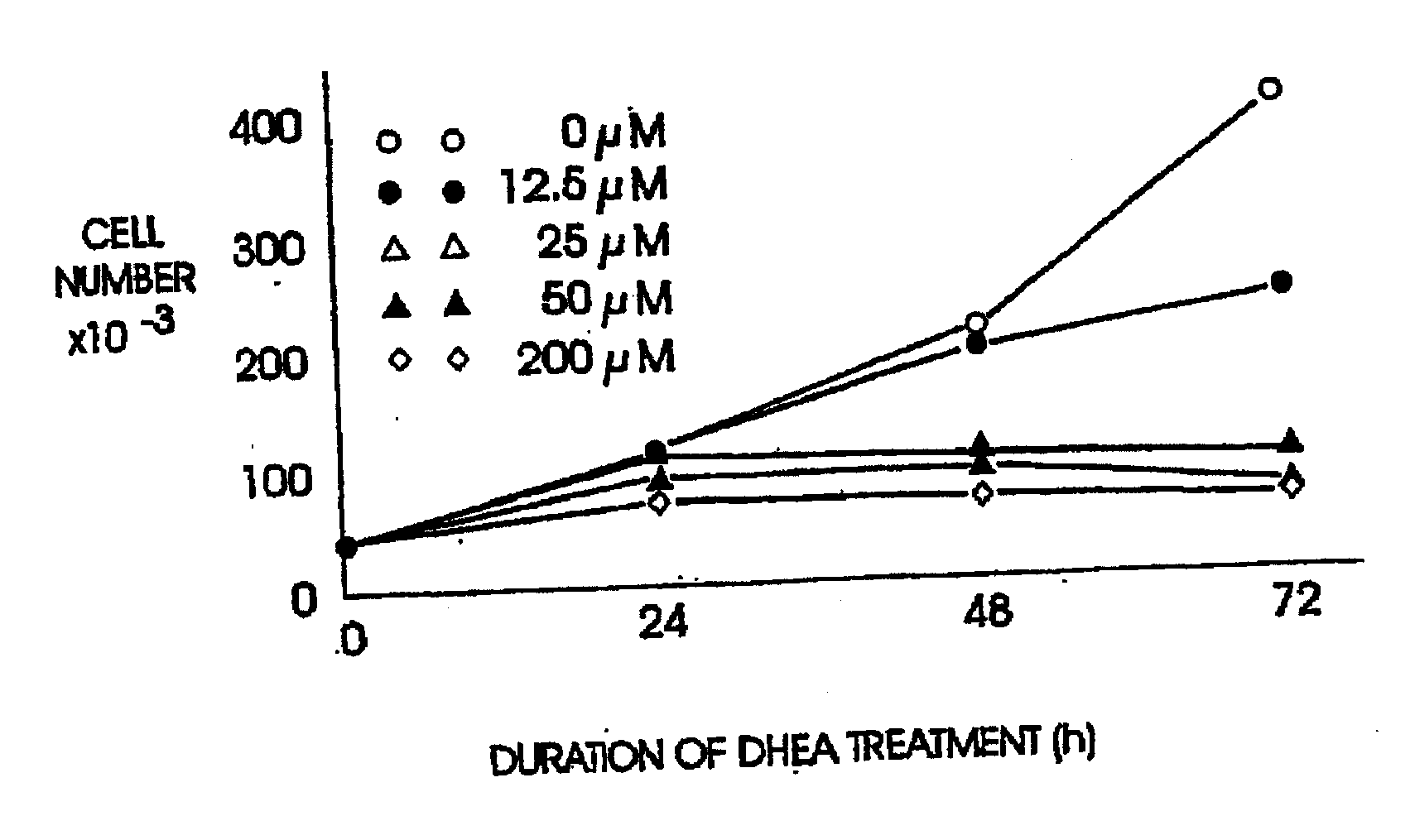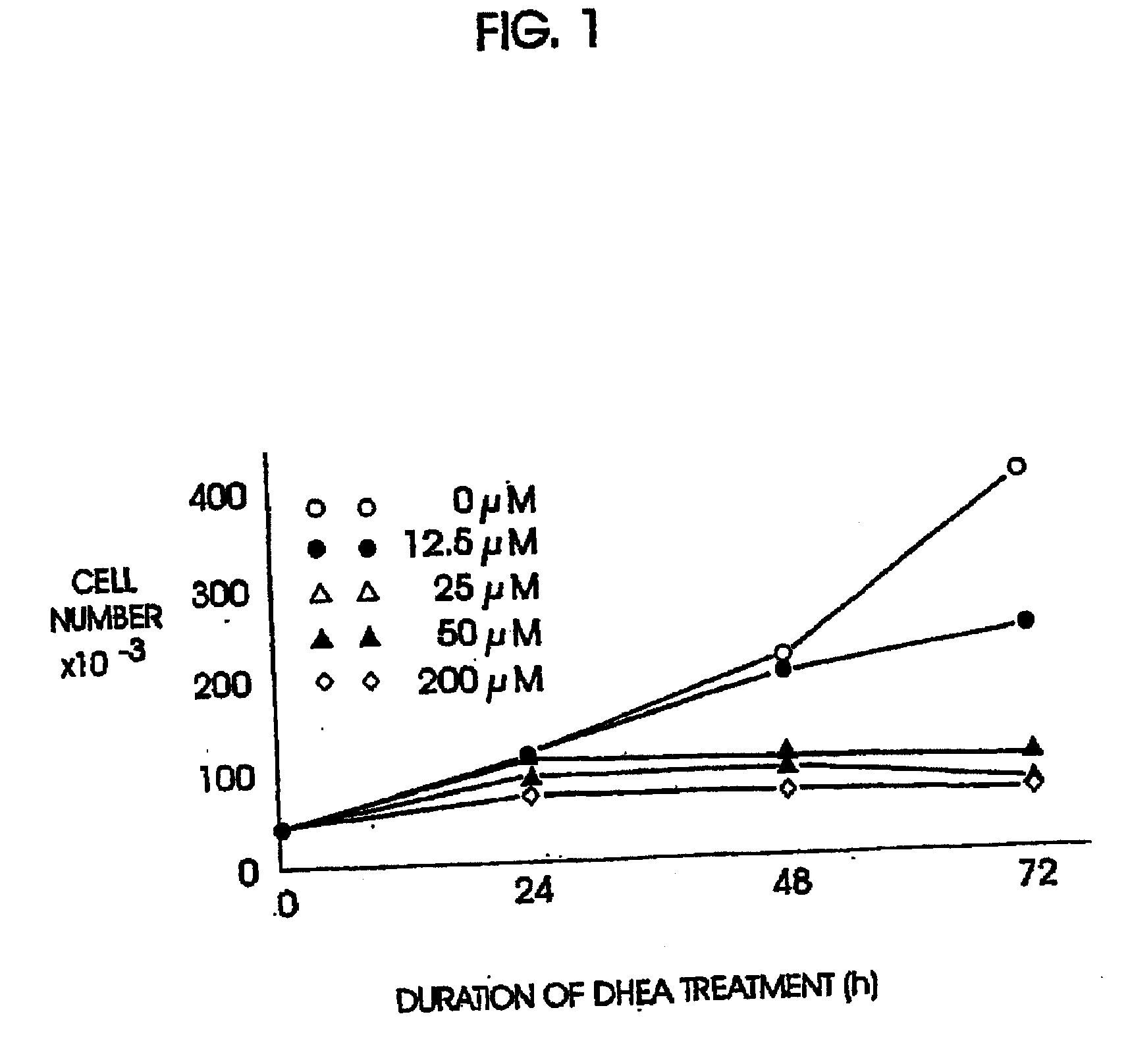In emphysema, a
structural element (
elastin) in the terminal bronchioles is destroyed leading to the collapse of the
airway walls and inability to exhale “stale” air.
If this continues for a long period, the
right heart enlarges and functions poorly, and fluid collects in the ankles (
edema) and belly.
Eventually the left heart begins to fail.
Both morbidity and mortality, however, are rising.
Long-term smoking is the most frequent cause of COPD.
This results in early disability and shortened survival time.
There is very little currently available to alleviate symptoms of COPD, prevent exacerbations, preserve optimal
lung function, and improve
daily living activities and
quality of life.
In asthmatics, however, β2
adrenergic agonists have been linked to an
increased risk of death, worsened control of
asthma, and deterioration in
lung function. β2-agonists, such as albuterol, help to open narrowed airways.
The use of β2-agonists can produce paradoxical
bronchospasm, which may be life threatening to the COPD patient.
In addition, the use of β2-agonists can produce cardiovascular effects, such as altered
pulse rate,
blood pressure and electrocardiogram results.
Continuous treatment of asthmatic and
COPD patients with the bronchodilators
ipratropium bromide or fenoterol resulted in a faster decline in
lung function, when compared with treatment provided on a need basis, therefore indicating that they are not suitable for maintenance treatment.
Anti-
cholinergic drugs achieve short-term bronchodilation and produce some
symptom relief in people with COPD, but no improved long-term prognosis even with inhaled products.
The theophyllines' doses must be adjusted individually according to smoking habits, infection, and other treatments, which is cumbersome.
The adverse effects of theophyllines and the need for frequent monitoring limit their usefulness.
There is no evidence that anti-
cholinergic agents affect the decline in
lung function, and mucolytics have been shown to reduce the frequency of exacerbations but with a possible deleterious effect on
lung function.
Oral corticosteroids elicit some improvement in baseline functional
effective volume in stable
COPD patients whereas systemic corticosteroids have been found to be harmful at least producing some
osteoporosis and inducing overt diabetes.
In women, however,
oxygen decreased the rates of death throughout the study.
This latter
list of medications help alleviate symptoms associated with COPD but do not treat COPD.
Thus, there is very little currently available to alleviate symptoms of COPD, prevent exacerbations, preserve optimal lung function, and improve
daily living activities an
quality of life.
While the increasing mortality of
asthma in industrialized countries could be attributable to the reliance upon beta agonists in the treatment of this
disease, the underlying causes of
asthma remain poorly understood.
In
spite of this, their underlying causes still remain poorly understood.
Most of the drugs available for the treatment of asthma are, more importantly, barely effective in a small number of patients.
In ARDS, the ability of the lungs to expand is severely decreased and damage to the
air sacs and lining (
endothelium) of the lung is extensive.
In general, however, ARDS appears to be associated with
traumatic injury, severe blood infections such as
sepsis, or other systemic illness,
high dose radiation therapy and
chemotherapy, and inflammatory responses which lead to multiple organ failure, and in many cases death.
Moreover, lung surfactant, a material critical for normal
respiration, is generally not yet present in sufficient amounts at this early stage of life; however, premies often hyper-express the
adenosine A,
receptor and / or underexpress the
adenosine A2a
receptor and are, therefore, susceptible to respiratory problems including
bronchoconstriction, lung
inflammation and ARDS, among others.
Adenosine infusion has caused respiratory compromise, for example, in patients with COPD.
Because many people mislabel their symptoms as persistent colds or sinus problems, allergic rhinitis is probably underdiagnosed.
Sufferers may also become hyperreactive to nonspecific triggers such as
cold air or strong odors.
In addition,
pregnancy, hypothyroidism, and
exposure to occupational factors or medications can cause rhinitis, as well.
The sedating-type anti-histamines help induce
night sleep, but they cause sleepiness and compromise performance if taken during the day.
The interaction of phenylpropanolamine with
caffeine, in doses of two to three cups of coffee, may significantly raise
blood pressure.
In addition, medications such as
pseudoephedrine may cause hyperactivity in children.
Topical decongestants are recommended for a limited period of time, as their over use results in nasal dilatation.
However, sometimes the Cromolyn spray produces sneezing, transient headache, and even nasal burning.
Topical and
nasal spray corticosteroids such as Vancenase are effective agents in the treatment of rhinitis, especially for symptoms of congestion, sneezing, and runny
nose, but often cause
irritation, stinging, burning, sneezing, local bleeding and septal perforation.
Topical steroids are generally more effective than Cromolyn
Sodium, particularly in the treatment of NARES, but side effects limit their usefulness except for temporary therapy in patients with severe symptoms.
Immunotherapy, while expensive and inconvenient, often can provide substantial benefits, especially the use of drugs that produce blocking antibodies, alter cellular
histamine release, and result in decreased IgE.
This
fibrosis or scarring of the
lung tissue results in permanent loss of its ability to breathe and carry
oxygen, and the amount of scarring determines the level of disability a person experiences because of the destruction by the
scar tissue of the
air sacs and
lung tissue between and surrounding the
air sacs and the lung capillaries.
Since many lung diseases show this symptom, making a correct diagnosis is often difficult.
Eventually resulting in shortness of breath even at rest.
Other drugs, however, are not usually added until it is clear that the steroids are not effective in reversing the disease.
In approximately 50% of the cases, the disease is chronic with loss of lung function, and although glucocorticosteroid therapy is often prescribed, there is no evidence that it is effective.
Agricultural workers are also affected by some particulate organic substances, such as moldy
hay, which cause an
allergic reaction in the lung called “Farmer's
Lung”, and may cause pulmonary
fibrosis as well.
Asbestosis is caused by small needle-like particles of
asbestos inhaled into the lungs, and cause lung scarring or pulmonary fibrosis that may lead to
lung cancer.
Large silica particles are stopped in the upper airways, but the tiniest specks of silica are carried down to the lung alveoli, where they lead to pulmonary fibrosis.
The use of glucocorticosteroids alone, or combined
drug therapy, and the hope of lung transplant are three treatment approaches that are currently being tested, but up to the present time there is no good therapy for this disease.
Two of the most damaging characteristics of carcinomas and other types of malignancies are their uncontrolled growth and their ability to create metastases in distant sites of the host, particularly a human host.
It is usually these distant metastases that may cause serious consequences to the host since, frequently, the primary
carcinoma is removed by
surgery.
It has long been known that patients receiving
steroid hormones of adrenocortical origin at pharmacologically appropriate doses show increased incidence of infectious disease.
However, DHEA's indirect inhibition of
HMG CoA reductase suffices to deplete
intracellular mevalonate, and may result in depletion of ubiquinone, and in chronic heart failure following long term usage.
Adenosine has also been shown to cause adverse effects, including death, when administered therapeutically for other diseases and conditions in subjects with previously undiagnosed hyper reactive airways.
However, these patents do not teach using DHEA or DHEA-related compounds to prevent or treat COPD.
 Login to View More
Login to View More 


